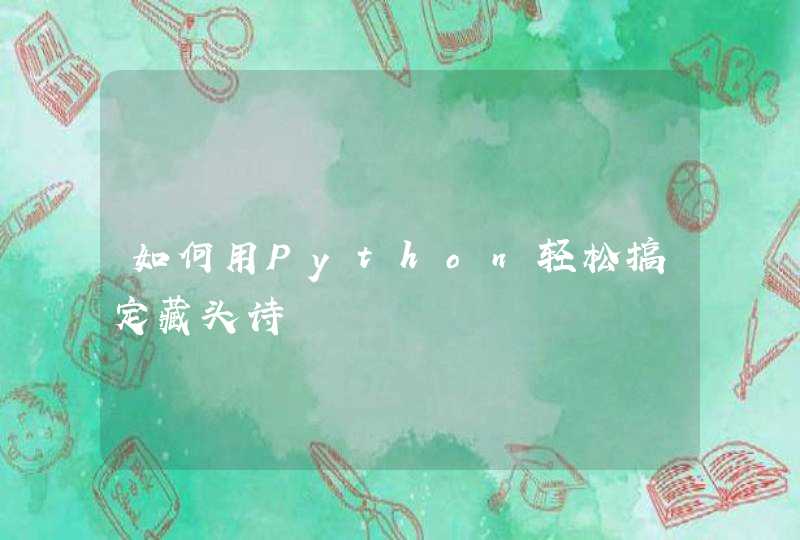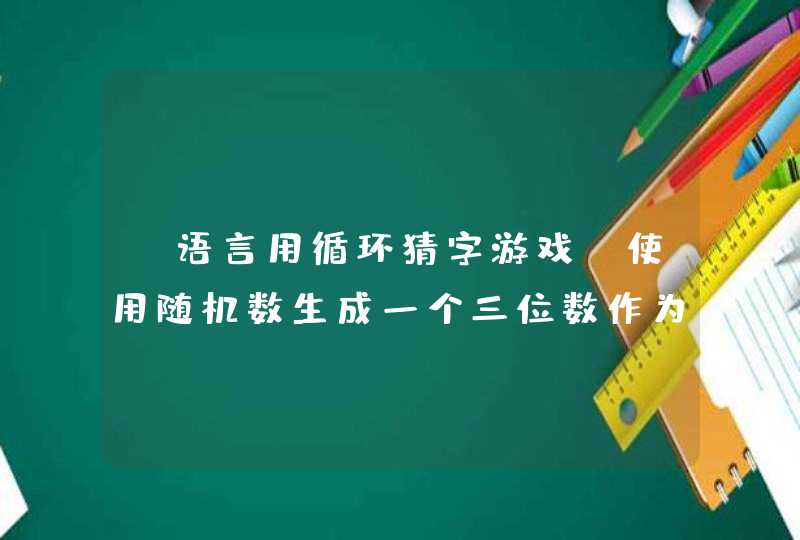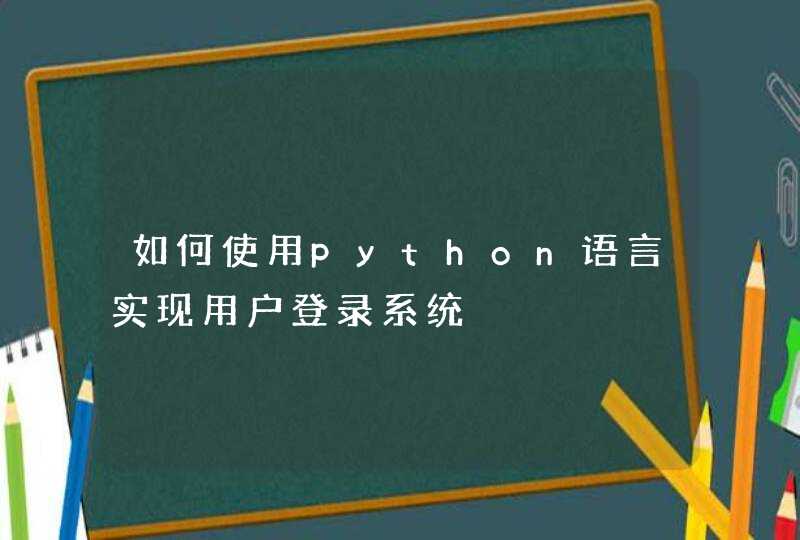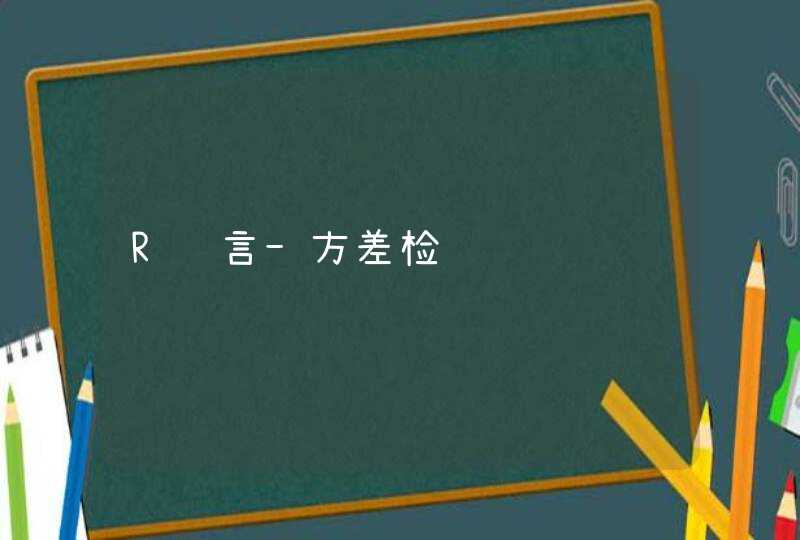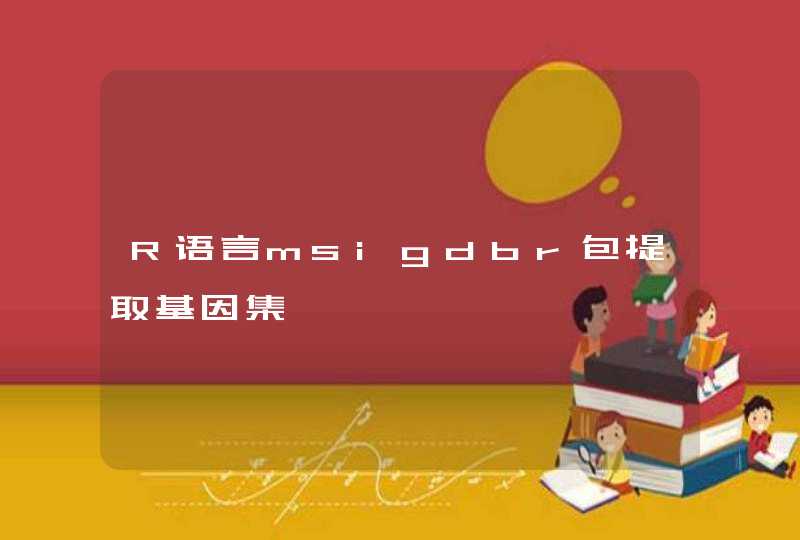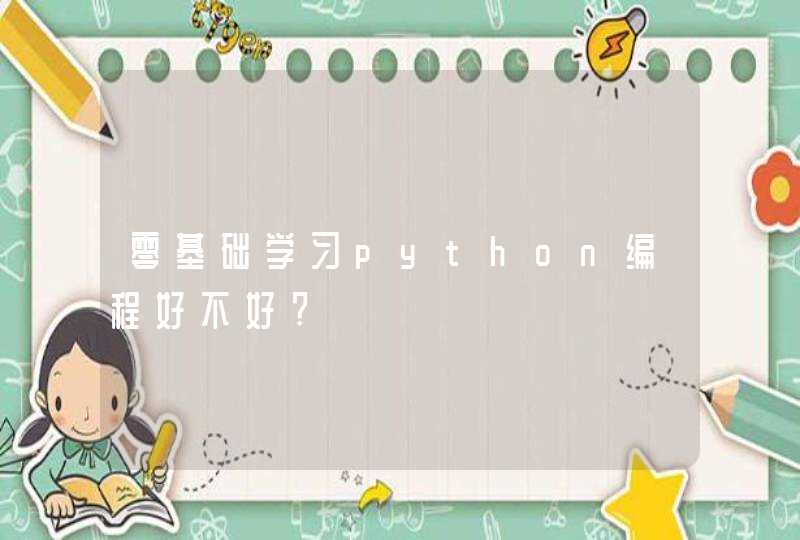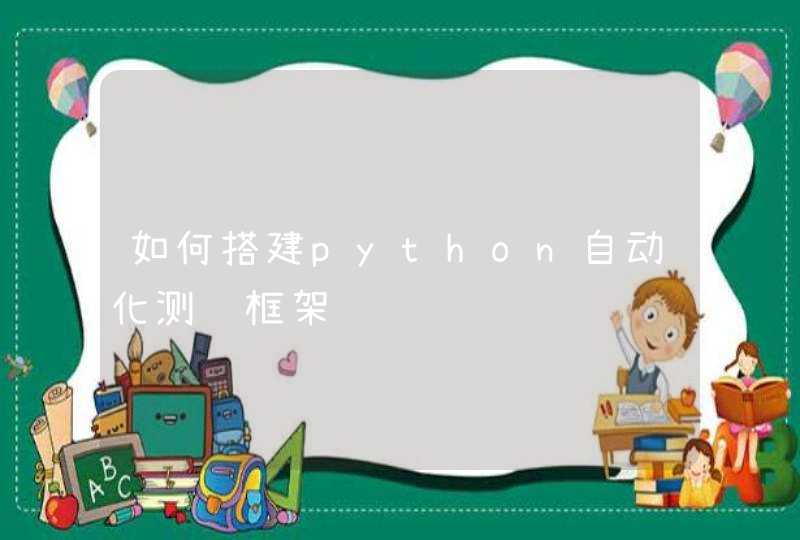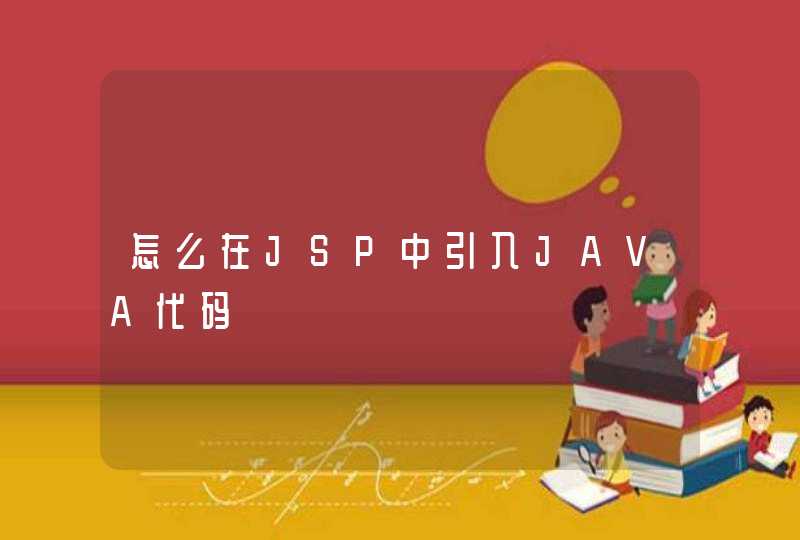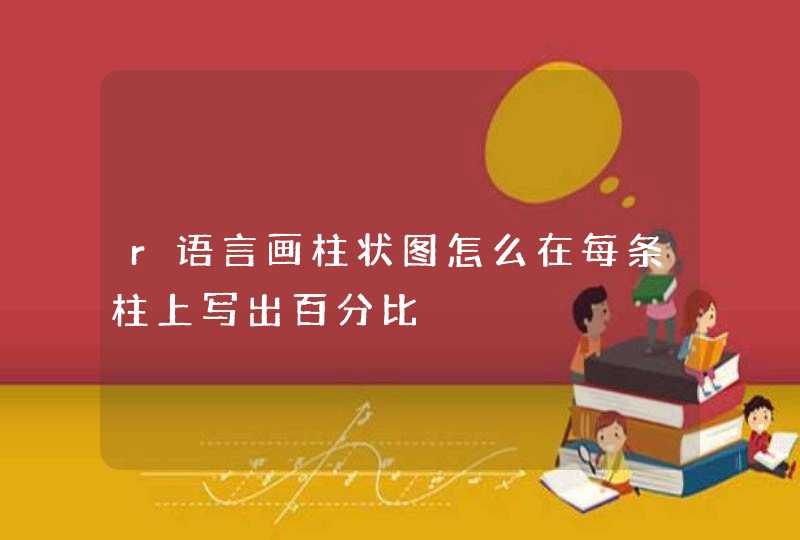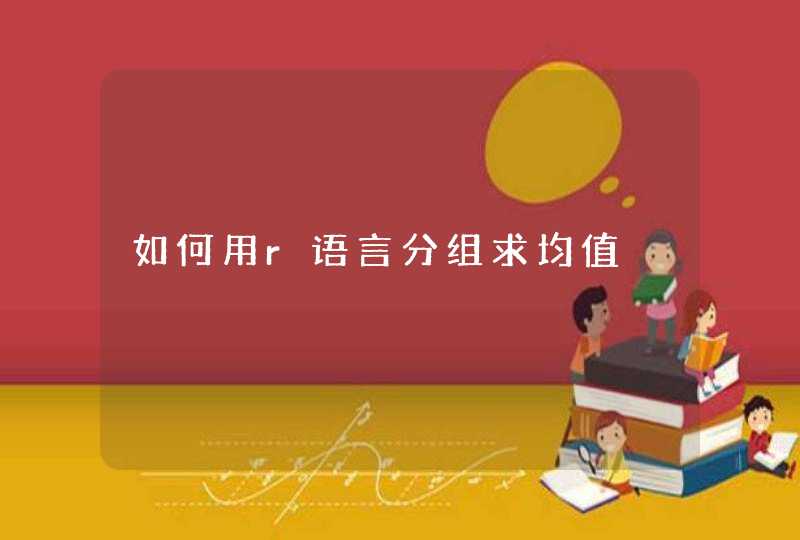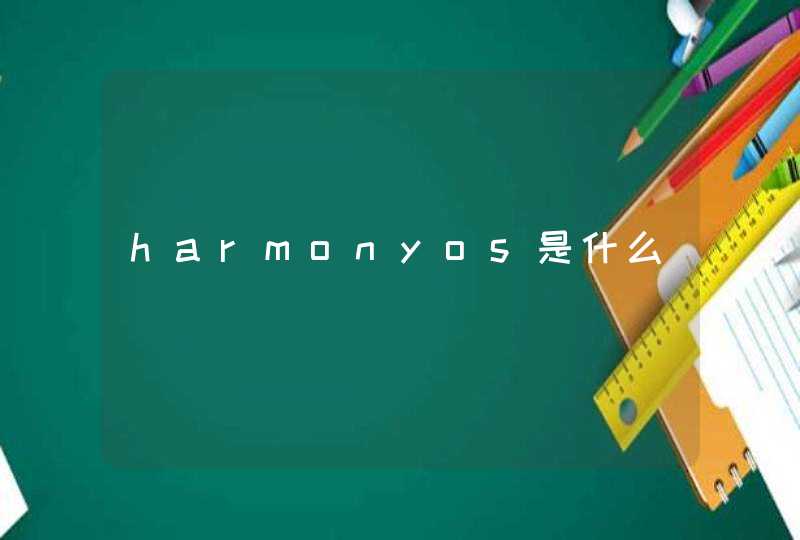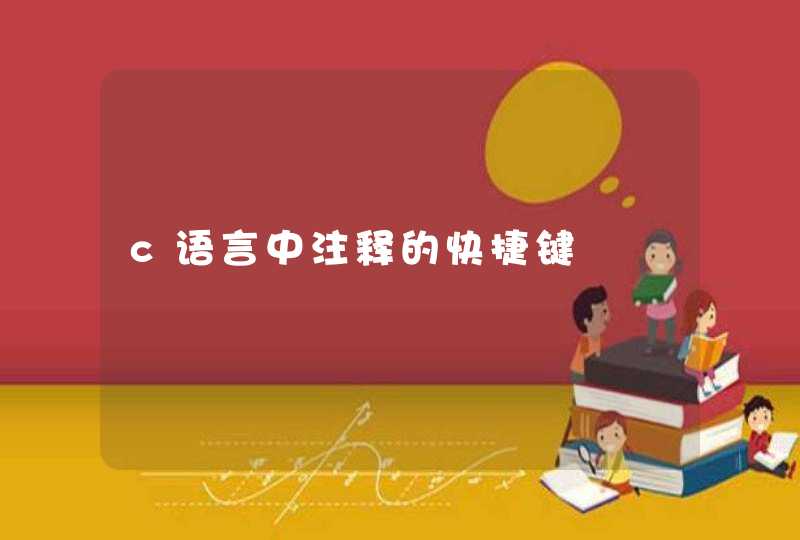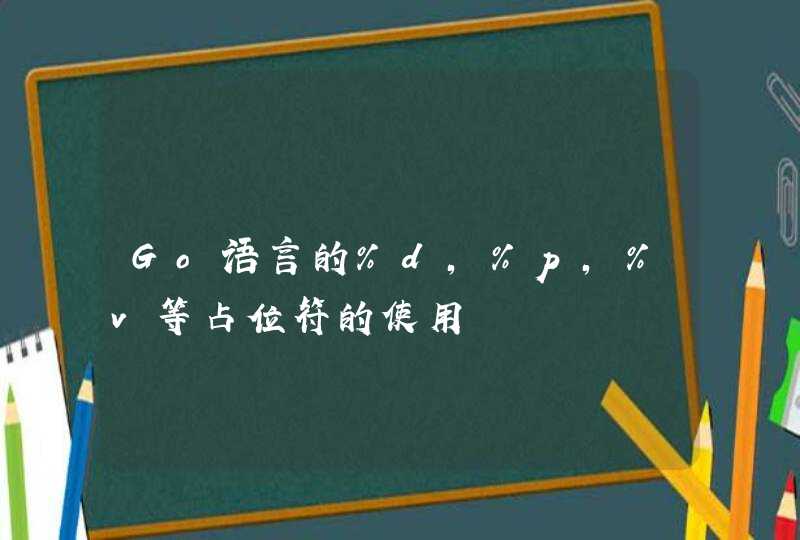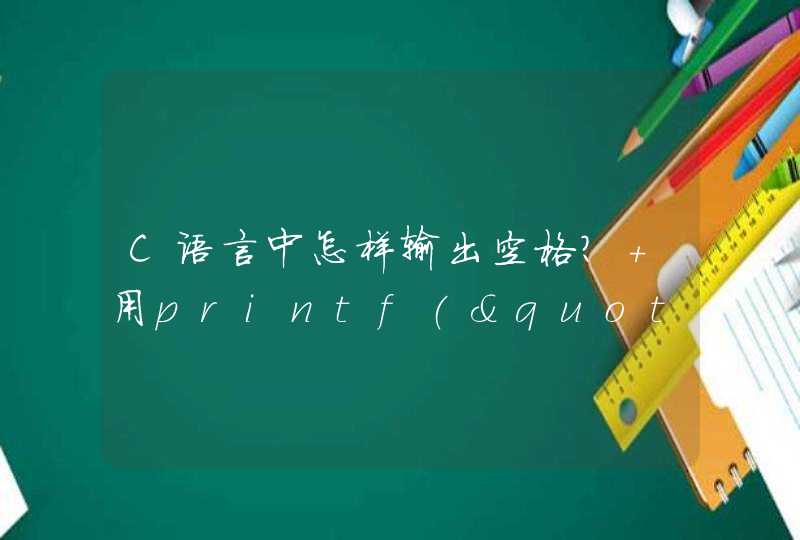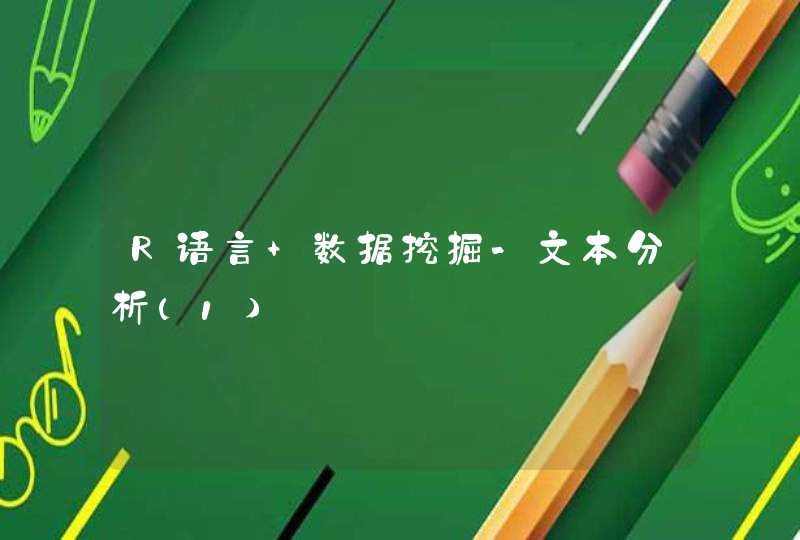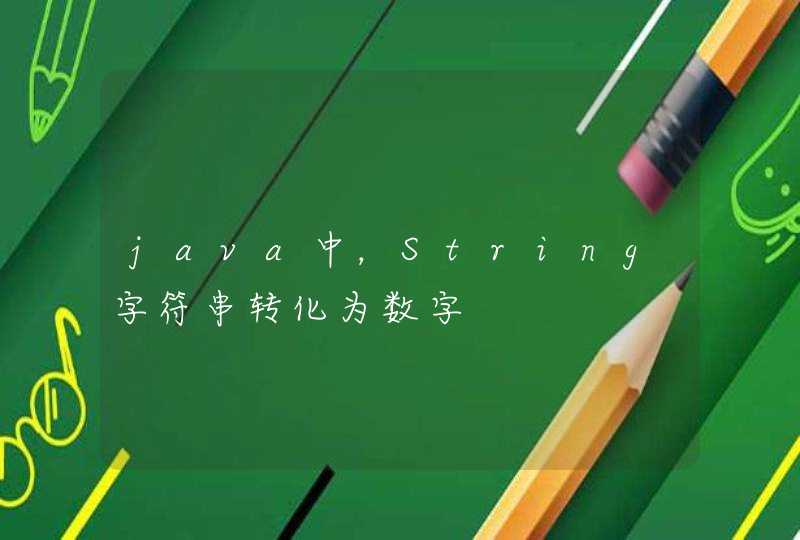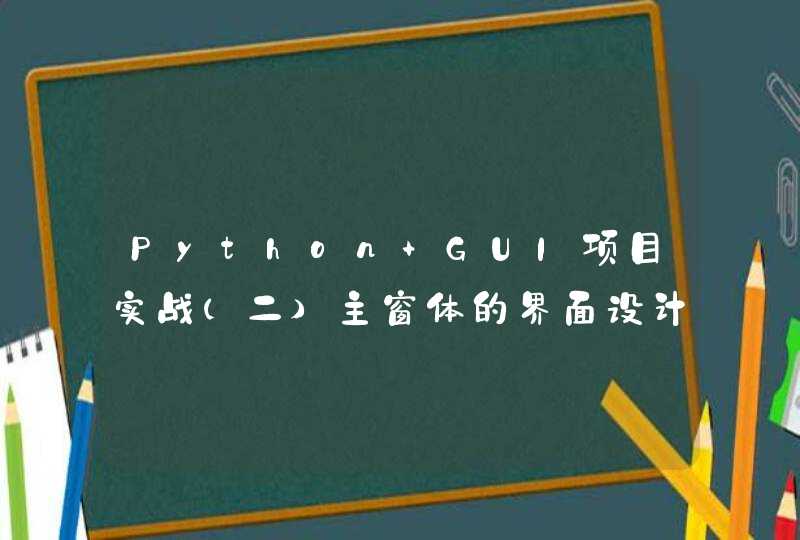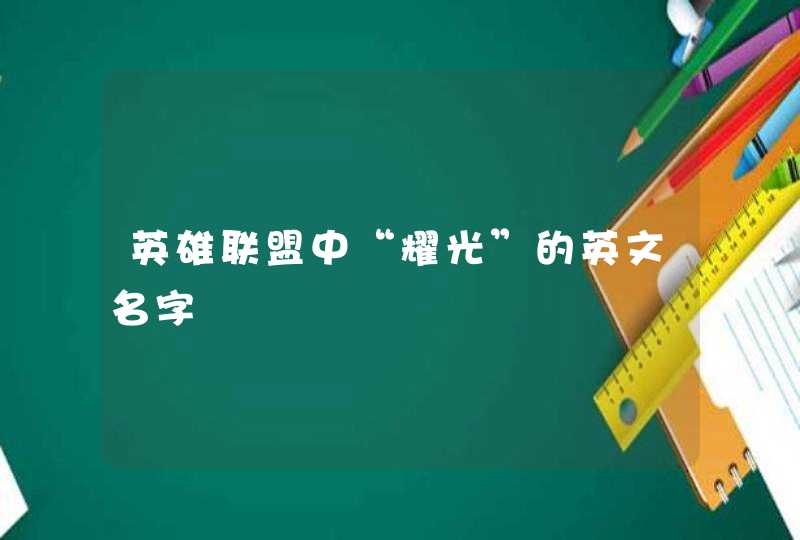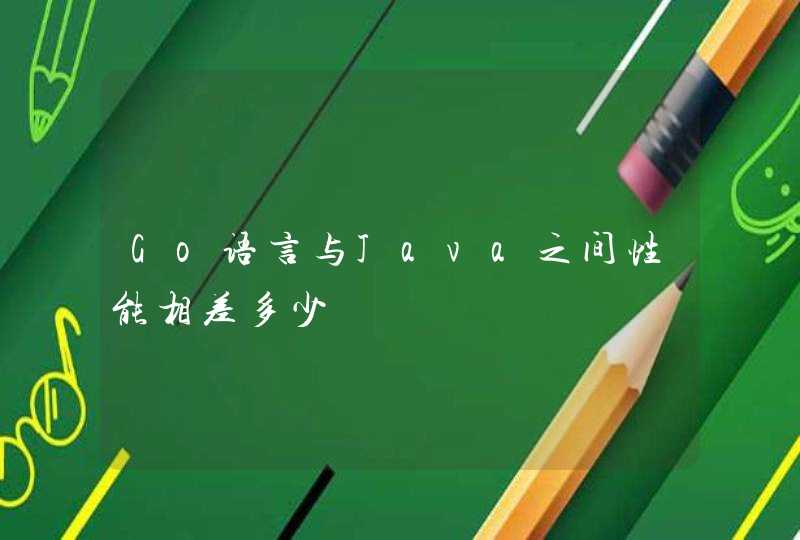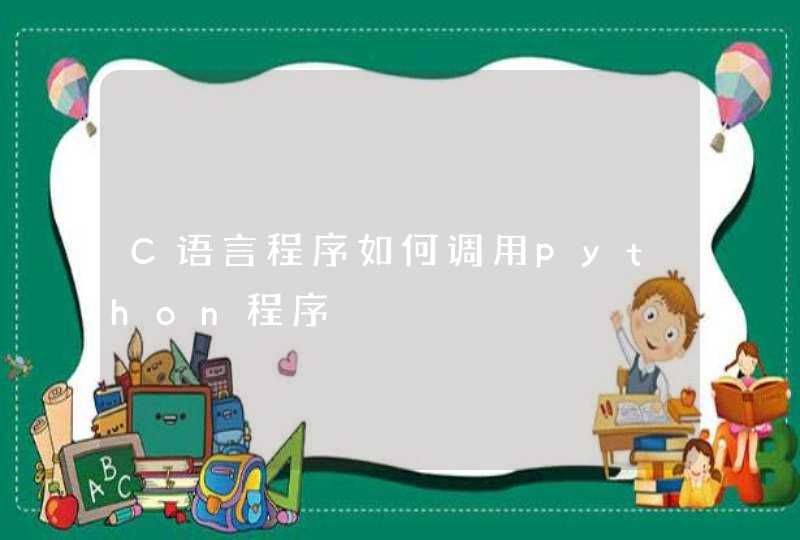
说明
之前使用k均值方法将数据划分到不同的簇中,但当变量个数大于2时,就无法在二维空间中展示数据聚类的过程,因此可以使用二元聚类图先将变量减少成两个主要成分,然后利用组件(诸如轴线和椭圆)来展示数据聚类的结果。
操作
载入包,绘制二元聚类图
library("cluster")
clusplot(customer,fit$cluster,color = TRUE,shade = TRUE)
二元聚类图
对二元聚类图进行标记并放大:
par(mfrow = c(1,2))
clusplot(customer,fit$cluster,color = TRUE,shade = TRUE)
rect(-0.7,-1.7,2.2,-1.2,border = "orange",lwd = 2)
clusplot(customer,fit$cluster,color = TRUE,xlim = c(-0.7,2.2),ylim =c(-1.7,-1.2))
原理
本节绘制了一个二元聚类图以展示数据聚类的过程,我们首先安装和导入cluster算法包,然后使用clusplot函数绘制customer数据集的二元聚类图,clusplot函数的shade和color参数值均被设置成TRUE,得到一个彩色且带边框的聚类。 在得到的结果图中,可以得知二元聚类使用了两个成分,x轴与y轴涵盖了85.01%的数据点,数据点根据成分1和成分2的取值散落在图中,同一簇内的数据点采用相同的颜色和形状绘制。
我们还使用了rect函数来增加一个矩形框对给定x轴和y轴内的簇进行特别标注,然后调用clusplot函数,设置好xlim与ylim参数的值,将被选中的簇放大到显示以便不好的观测簇内数据点的特征。
R语言学习笔记之聚类分析
使用k-means聚类所需的包:
factoextra
cluster #加载包
library(factoextra)
library(cluster)l
#数据准备
使用内置的R数据集USArrests
#load the dataset
data("USArrests")
#remove any missing value (i.e, NA values for not available)
#That might be present in the data
USArrests <- na.omit(USArrests)#view the first 6 rows of the data
head(USArrests, n=6)
在此数据集中,列是变量,行是观测值
在聚类之前我们可以先进行一些必要的数据检查即数据描述性统计,如平均值、标准差等
desc_stats <- data.frame( Min=apply(USArrests, 2, min),#minimum
Med=apply(USArrests, 2, median),#median
Mean=apply(USArrests, 2, mean),#mean
SD=apply(USArrests, 2, sd),#Standard deviation
Max=apply(USArrests, 2, max)#maximum
)
desc_stats <- round(desc_stats, 1)#保留小数点后一位head(desc_stats)
变量有很大的方差及均值时需进行标准化
df <- scale(USArrests)
#数据集群性评估
使用get_clust_tendency()计算Hopkins统计量
res <- get_clust_tendency(df, 40, graph = TRUE)
res$hopkins_stat
## [1] 0.3440875
#Visualize the dissimilarity matrix
res$plot
Hopkins统计量的值<0.5,表明数据是高度可聚合的。另外,从图中也可以看出数据可聚合。
#估计聚合簇数
由于k均值聚类需要指定要生成的聚类数量,因此我们将使用函数clusGap()来计算用于估计最优聚类数。函数fviz_gap_stat()用于可视化。
set.seed(123)
## Compute the gap statistic
gap_stat <- clusGap(df, FUN = kmeans, nstart = 25, K.max = 10, B = 500)
# Plot the result
fviz_gap_stat(gap_stat)
图中显示最佳为聚成四类(k=4)
#进行聚类
set.seed(123)
km.res <- kmeans(df, 4, nstart = 25)
head(km.res$cluster, 20)
# Visualize clusters using factoextra
fviz_cluster(km.res, USArrests)
#检查cluster silhouette图
Recall that the silhouette measures (SiSi) how similar an object ii is to the the other objects in its own cluster versus those in the neighbor cluster. SiSi values range from 1 to - 1:
A value of SiSi close to 1 indicates that the object is well clustered. In the other words, the object ii is similar to the other objects in its group.
A value of SiSi close to -1 indicates that the object is poorly clustered, and that assignment to some other cluster would probably improve the overall results.
sil <- silhouette(km.res$cluster, dist(df))
rownames(sil) <- rownames(USArrests)
head(sil[, 1:3])
#Visualize
fviz_silhouette(sil)
图中可以看出有负值,可以通过函数silhouette()确定是哪个观测值
neg_sil_index <- which(sil[, "sil_width"] <0)
sil[neg_sil_index, , drop = FALSE]
## cluster neighbor sil_width
## Missouri 3 2 -0.07318144
#eclust():增强的聚类分析
与其他聚类分析包相比,eclust()有以下优点:
简化了聚类分析的工作流程
可以用于计算层次聚类和分区聚类
eclust()自动计算最佳聚类簇数。
自动提供Silhouette plot
可以结合ggplot2绘制优美的图形
#使用eclust()的K均值聚类
# Compute k-means
res.km <- eclust(df, "kmeans")
# Gap statistic plot
fviz_gap_stat(res.km$gap_stat)
# Silhouette plotfviz_silhouette(res.km)
## cluster size ave.sil.width
## 1 1 13 0.31
## 2 2 29 0.38
## 3 3 8 0.39
#使用eclust()的层次聚类
# Enhanced hierarchical clustering
res.hc <- eclust(df, "hclust") # compute hclust
fviz_dend(res.hc, rect = TRUE) # dendrogam
#下面的R代码生成Silhouette plot和分层聚类散点图。
fviz_silhouette(res.hc) # silhouette plot
## cluster size ave.sil.width
## 1 1 19 0.26
## 2 2 19 0.28
## 3 3 12 0.43
fviz_cluster(res.hc) # scatter plot
#Infos
This analysis has been performed using R software (R version 3.3.2)

